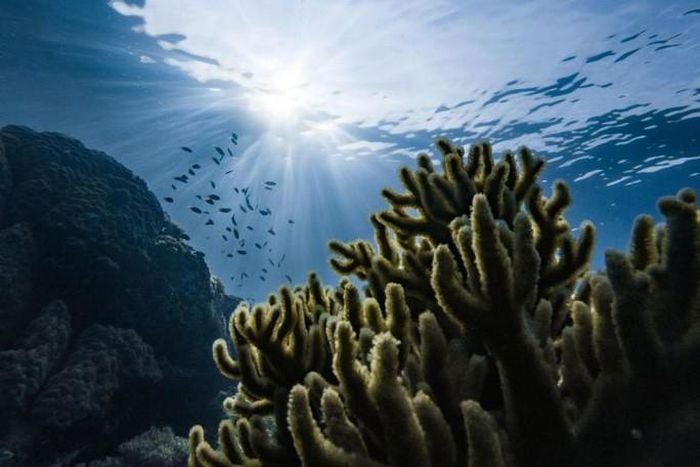Scientists have recently discovered a wealth of unknown organisms residing in the sediment layers at the bottom of the ocean. This vast quantity of organisms could play a crucial role in carbon isolation and absorption, as well as in the oceanic food web.
According to a study published in the journal Science Advances earlier this February, while analyzing the DNA sequences of over 400 sediment samples collected worldwide from 2010 to 2016, researchers were astonished to find that nearly two-thirds of these samples had never been identified before.
“The biodiversity level of sediments at the ocean floor influences the function, structure, and evolution of ecosystems,” stated Craig Smith, a deep-sea scientist at the University of Hawaii (USA) and a co-author of the study.

Scientists indicate that organisms in the sediment layers at the ocean floor are at least three times more diverse than those in the upper ocean layers. Photo: UNSPLASH
Another groundbreaking aspect of the research is the discovery of numerous types of plankton that have settled on the ocean floor and the CO2 stored in the sediments, according to Tristan Cordier, the lead author of the study and a senior researcher at the NORCE research institute (Norway).
This mechanism, dubbed the “biological carbon pump”, helps regulate the global climate by transferring carbon from the atmosphere to the ocean floor, where it can be buried for millions of years. Scientists estimate that the ocean absorbs about 48% of the CO2 emitted from fossil fuel combustion.
Bloomberg reported that this discovery comes at a time when the world is accelerating preparations for deep-sea mining to search for valuable minerals used in the production of electric vehicle batteries.
The International Seabed Authority, the United Nations organization overseeing deep-sea mining, is drafting regulations to allow this activity to commence within the next three years. The first area likely to be mined is the Clarion-Clipperton Zone (CCZ), a vast marine area in the Pacific Ocean stretching from Hawaii to Mexico.
The CCZ contains billions of cubic meters of polymetallic nodules, which are potato-sized rocks rich in cobalt, nickel, and other raw metals used in battery manufacturing.
Researcher Andrew Gooday at the National Oceanography Centre (UK), a co-author of the study, revealed that many of the sediment samples they collected were from the eastern CCZ. Large-scale deep-sea mining could push many species in this area to the brink of extinction.


















































